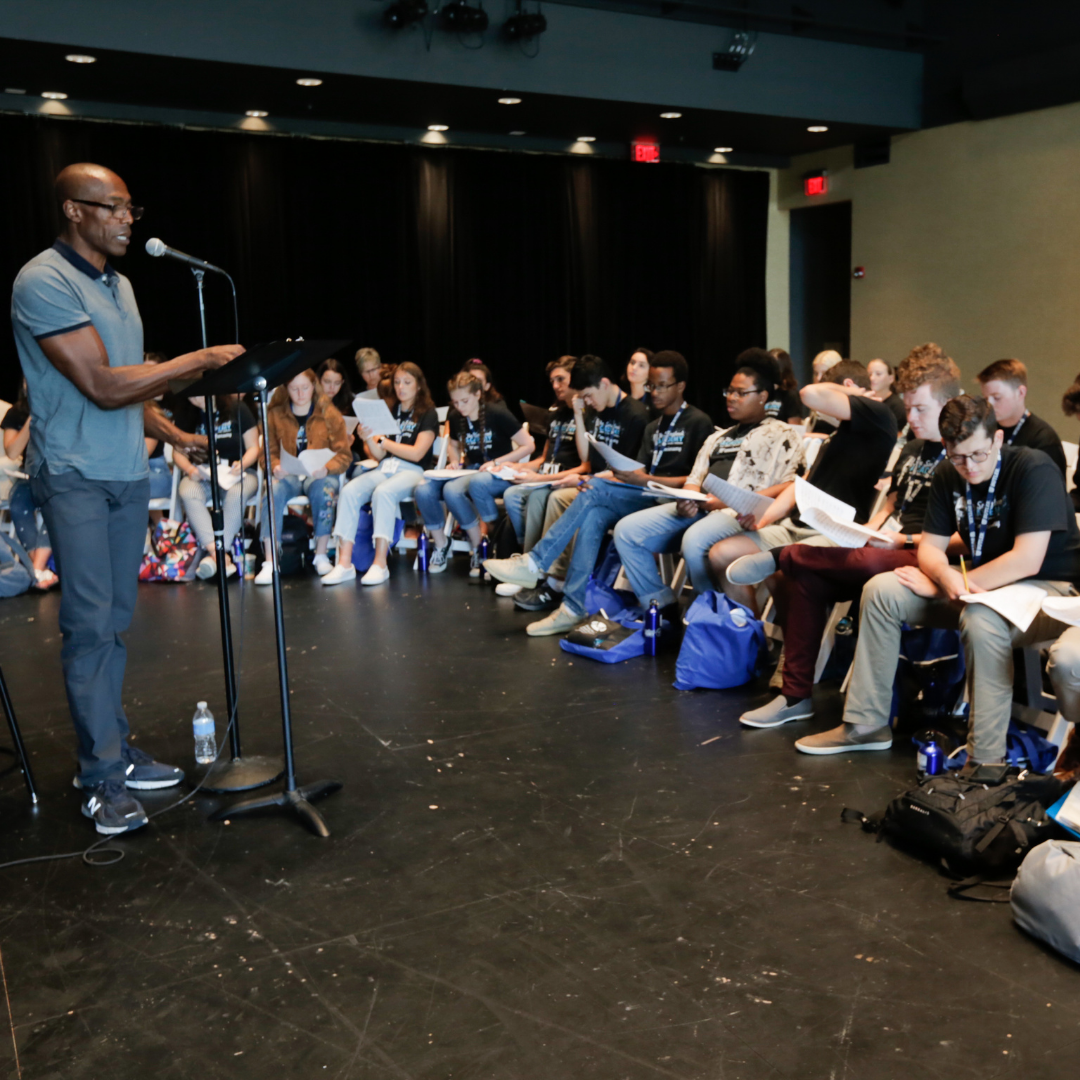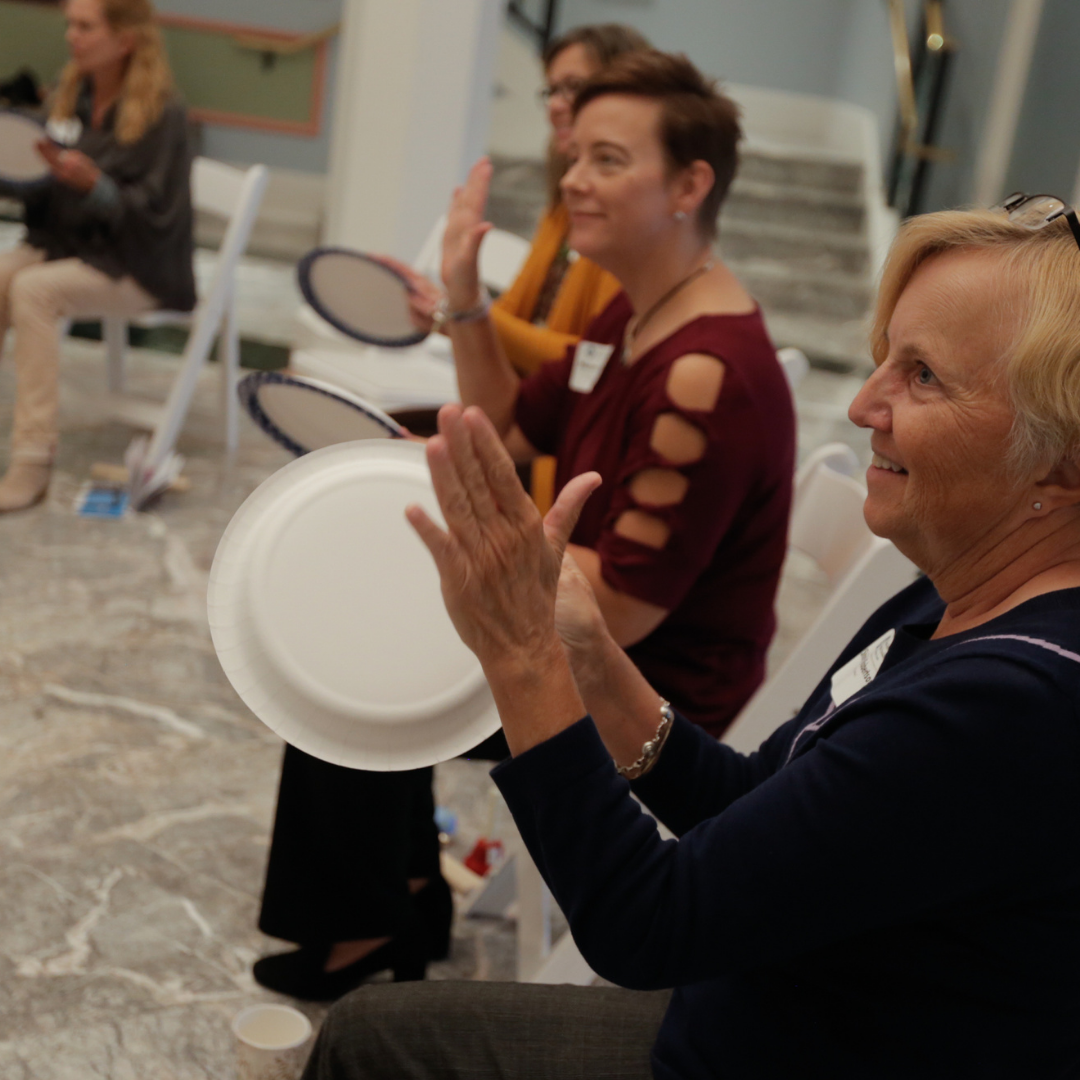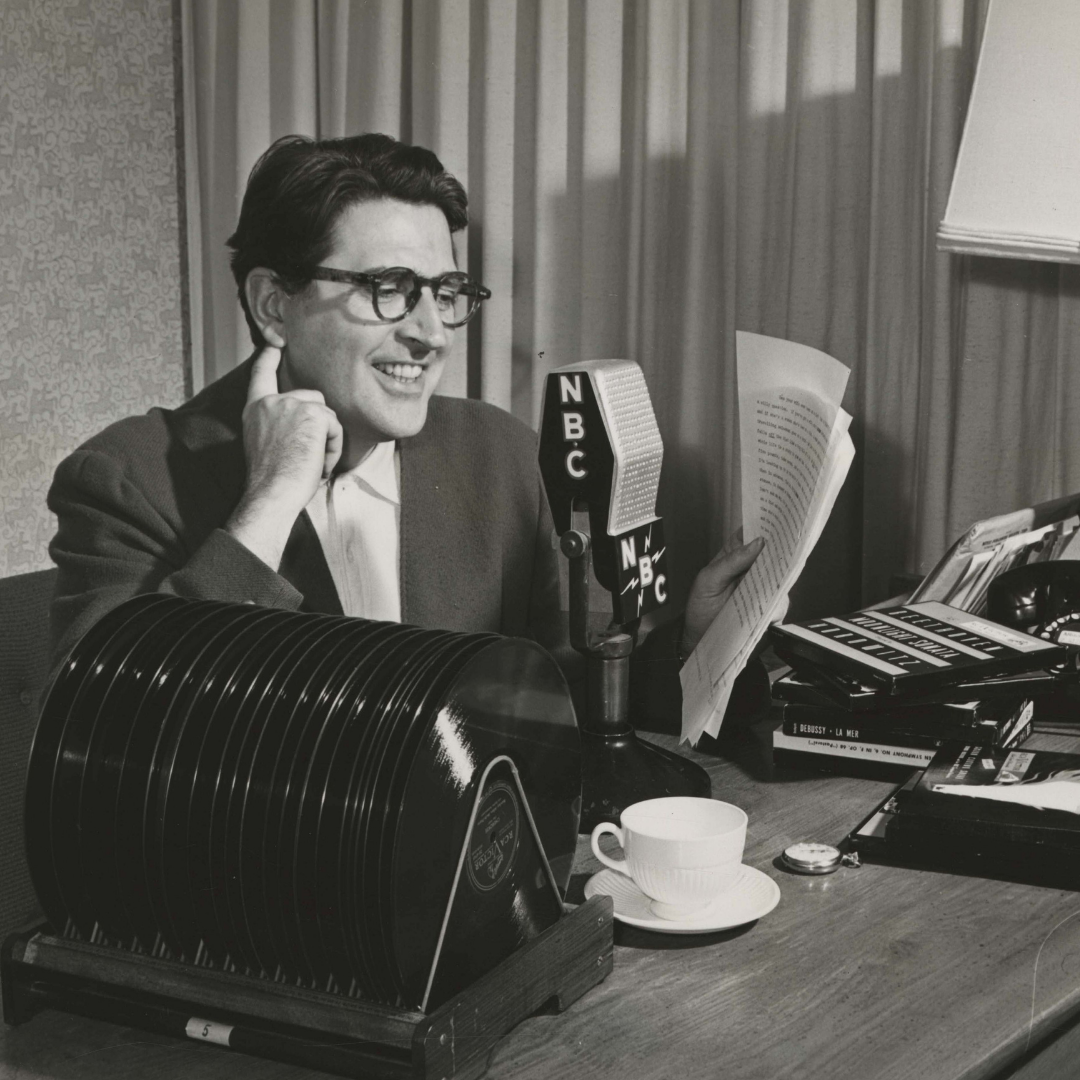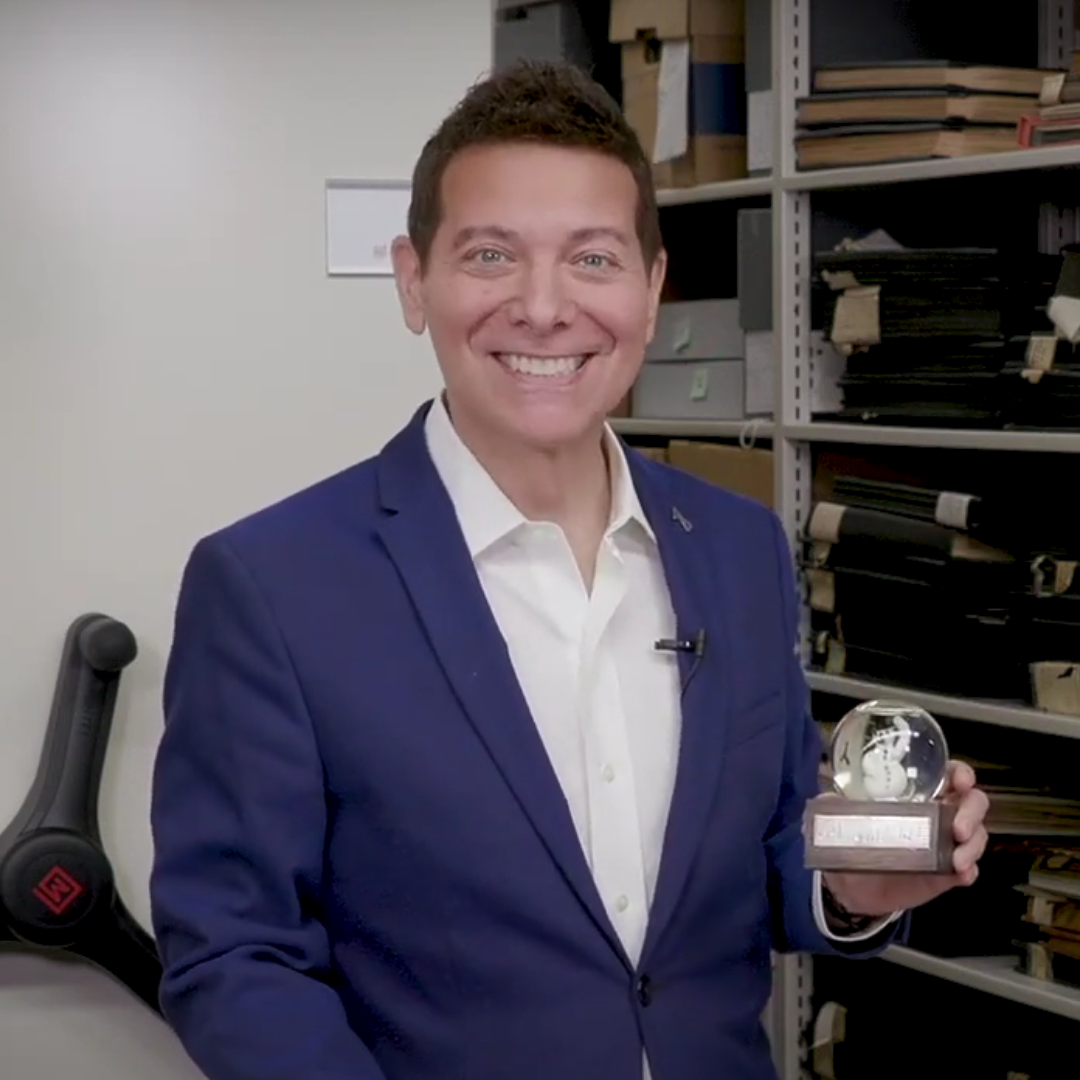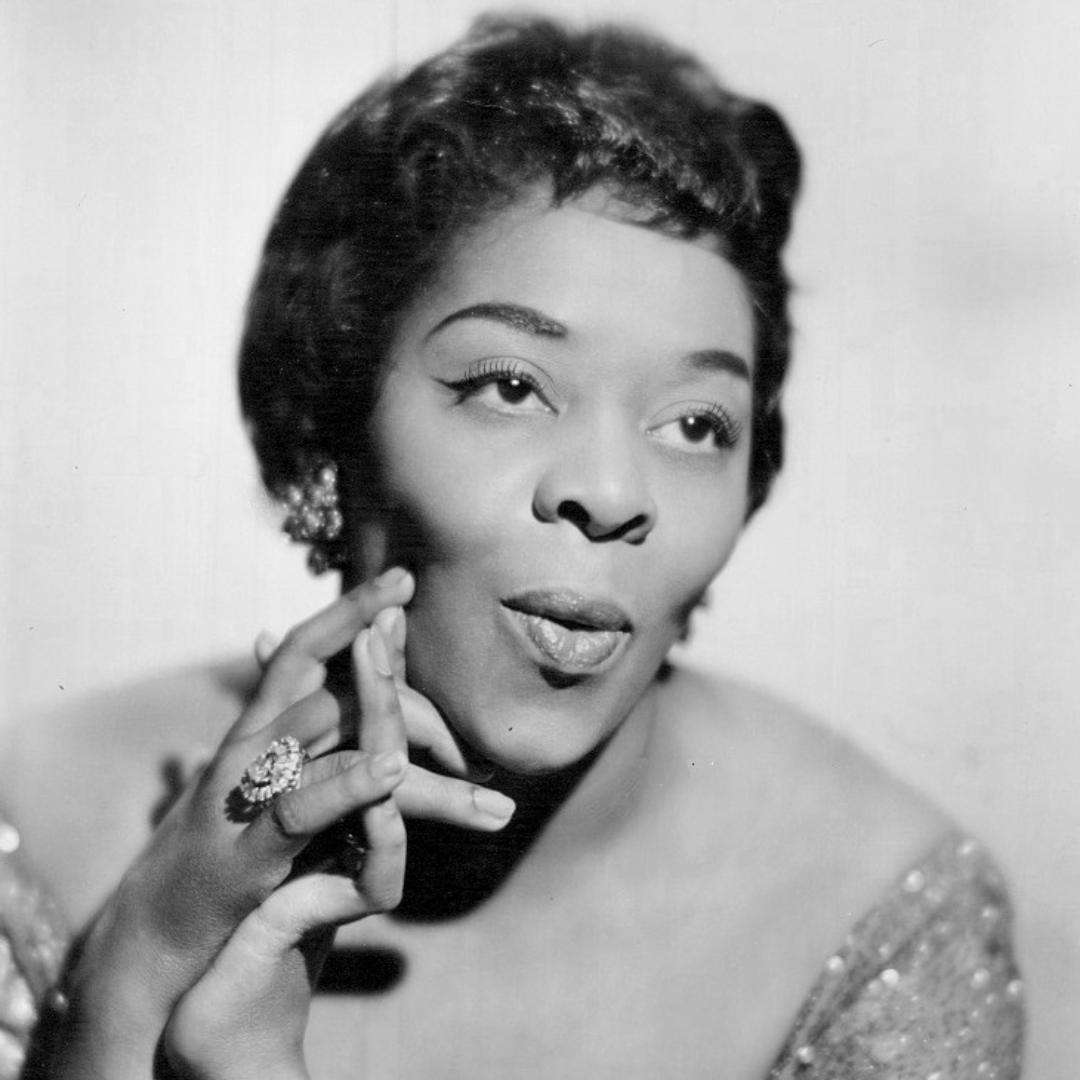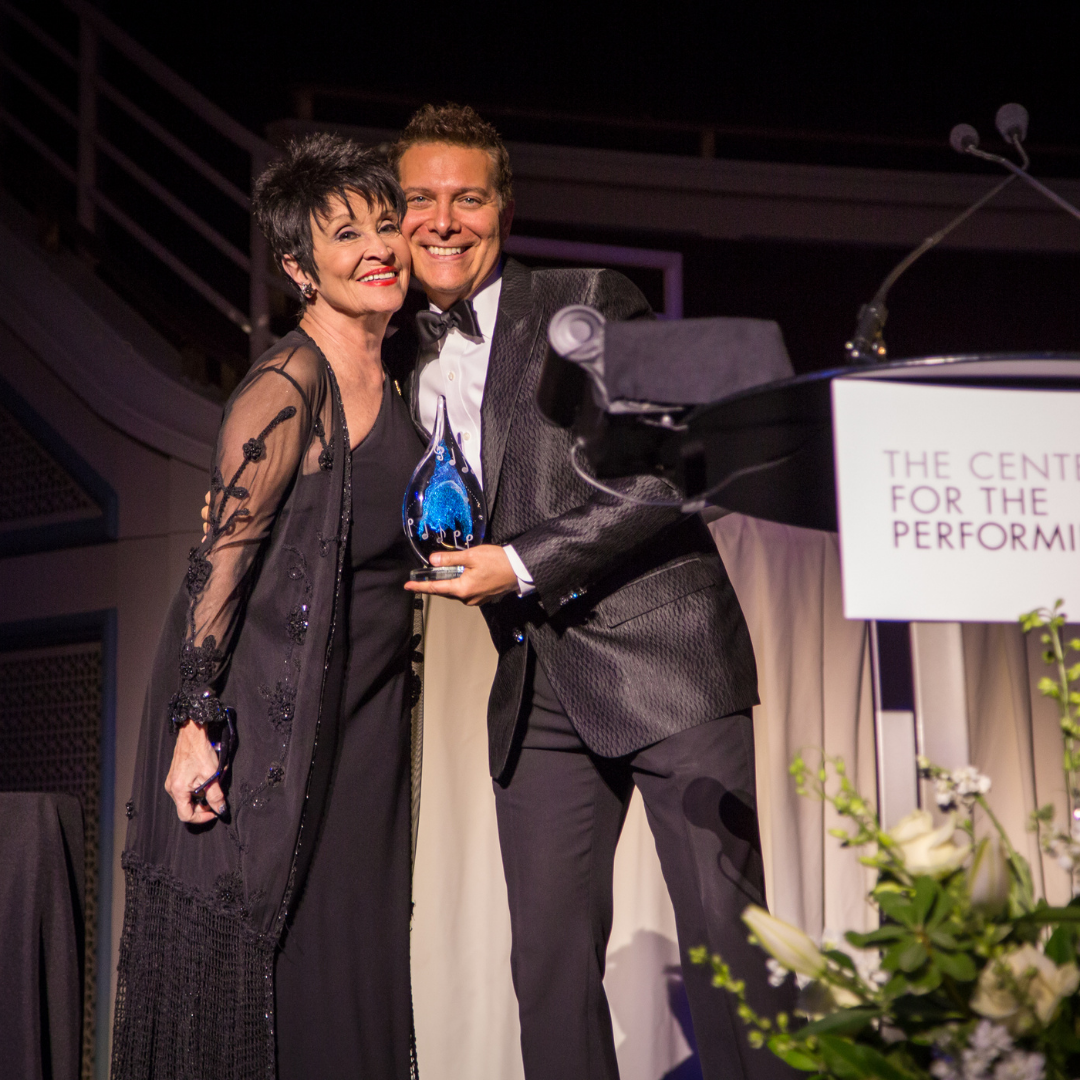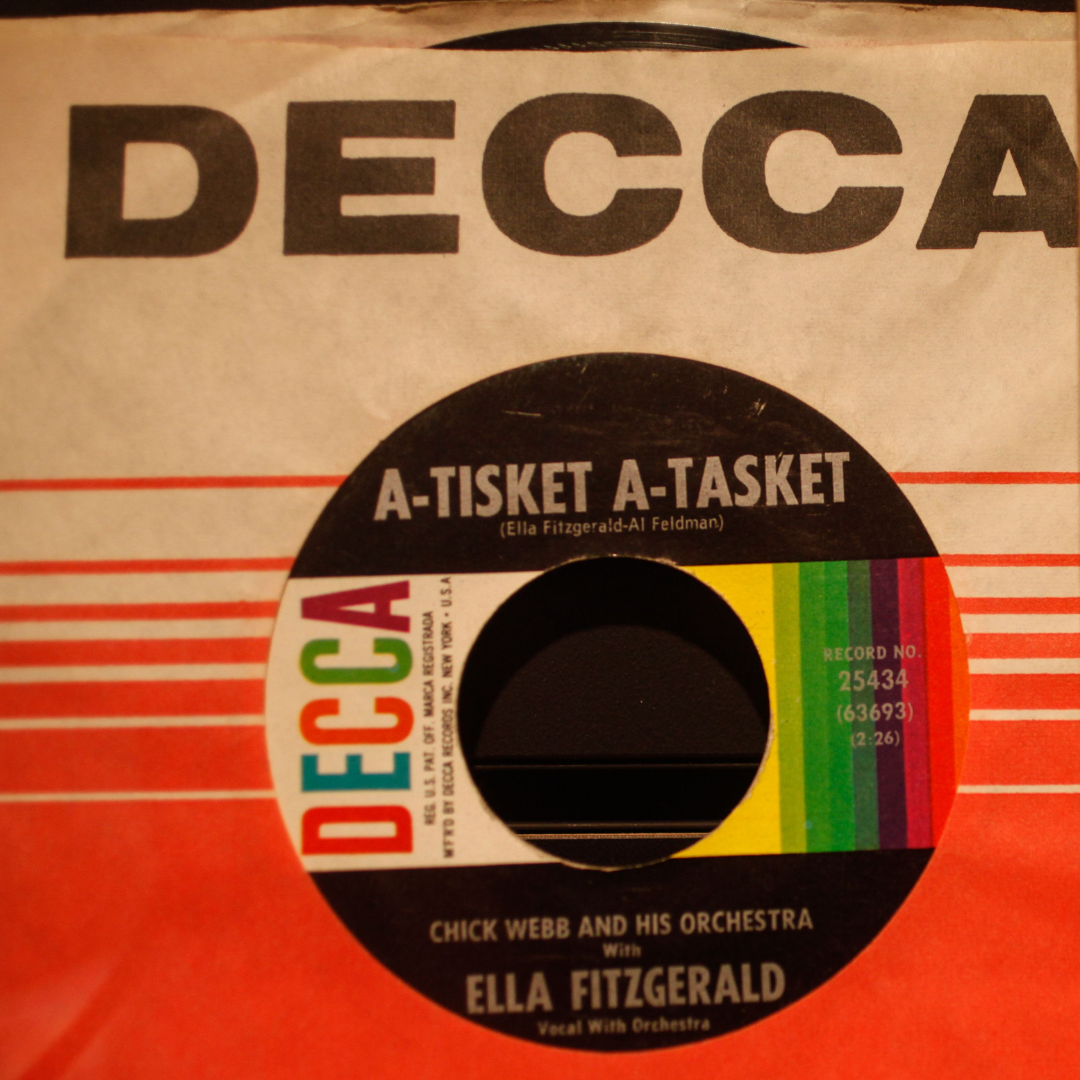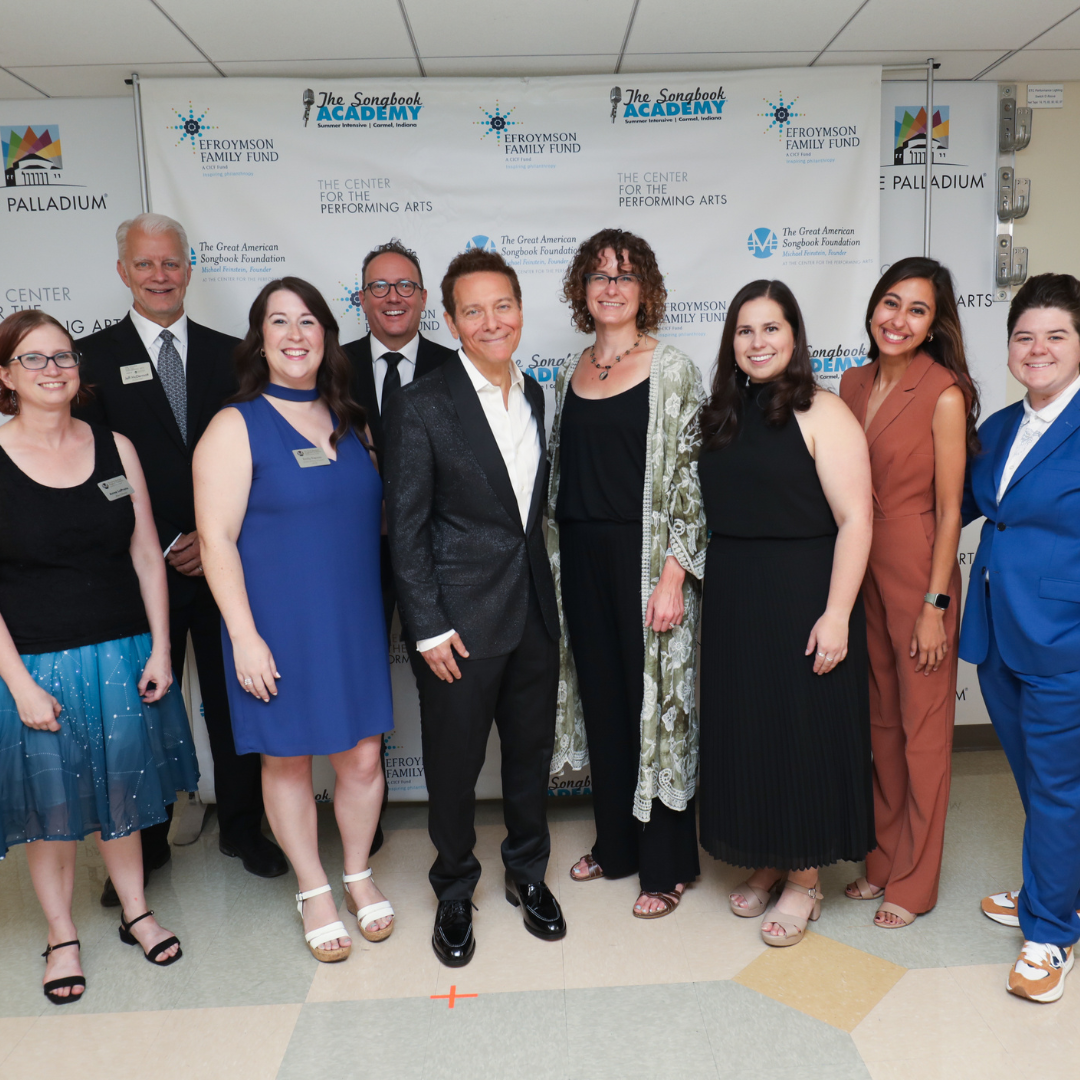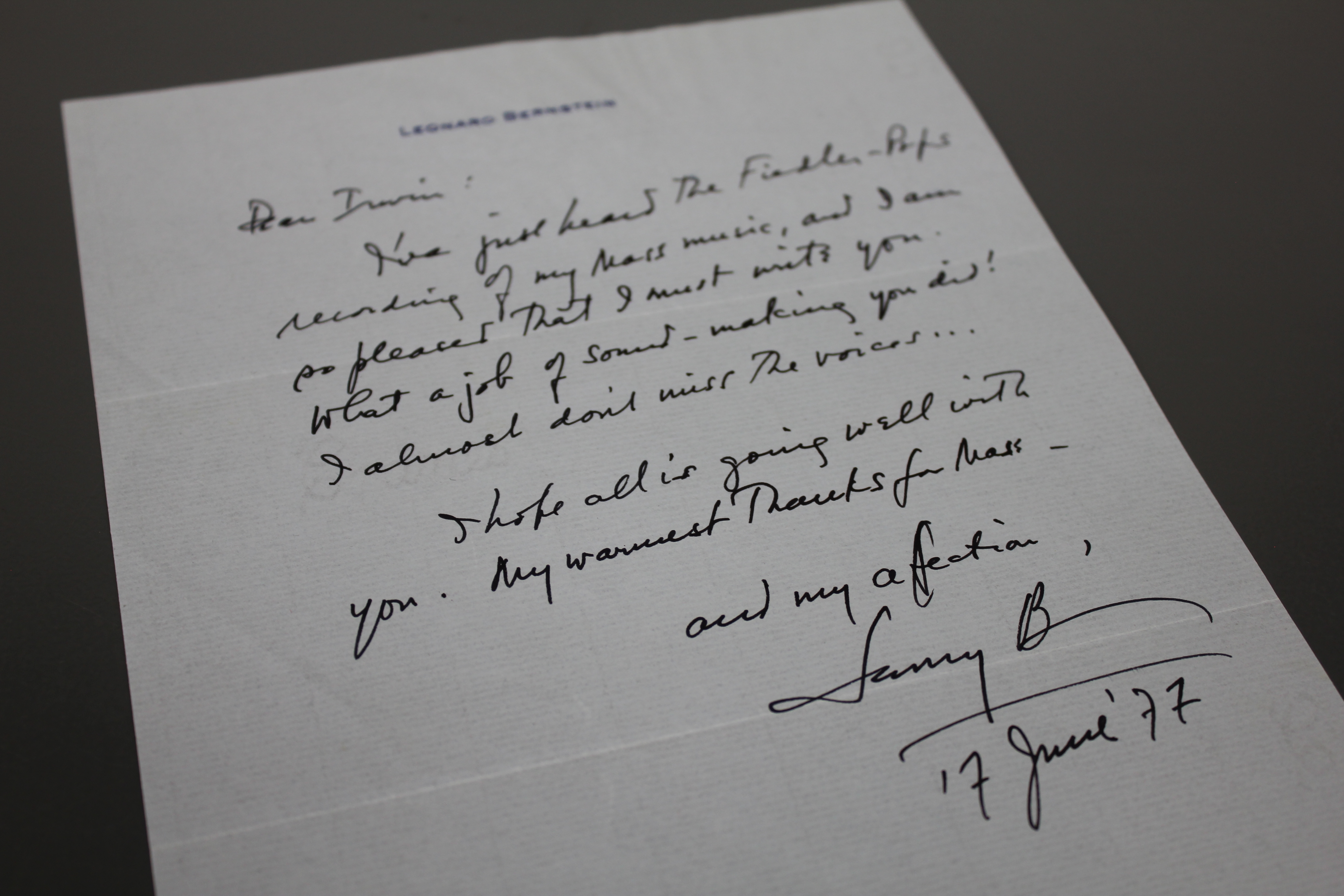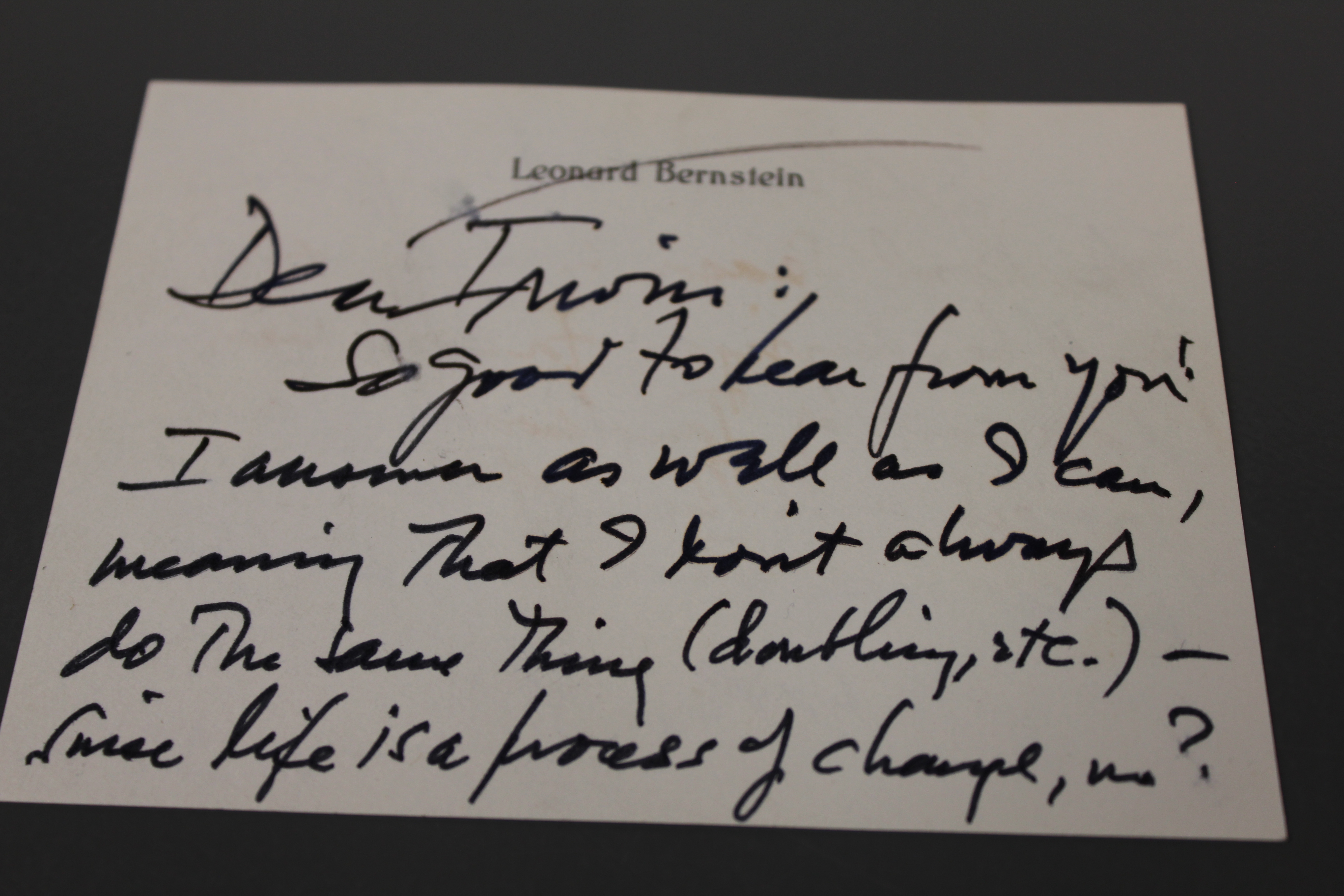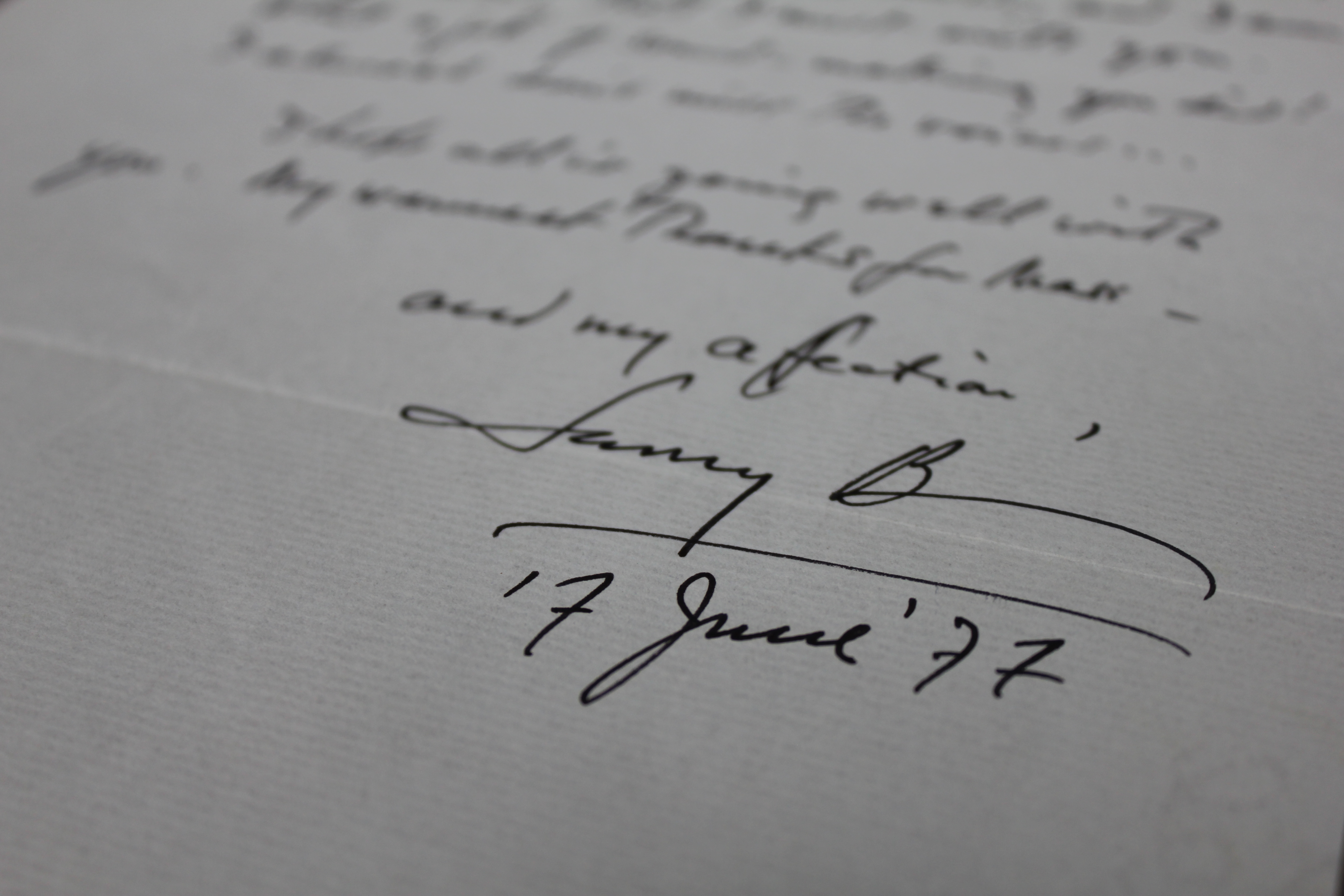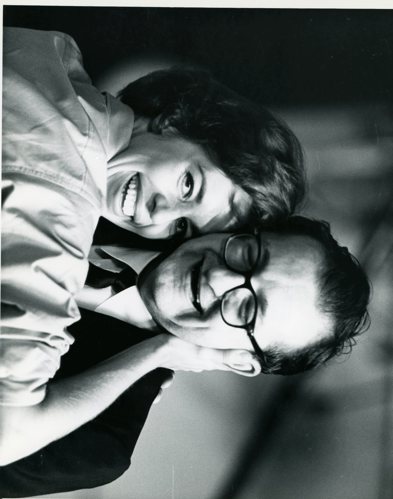your visit
a Traveling Exhibit
Visit the Traditions Senior Communities Songbook Gallery
1 Carter Green
Carmel, IN 46032
317.844.2251
Info@TheSongbook.org
Hours and Entry Information
Monday - Friday
10 a.m. - 4 p.m.
Also open one hour before select Center Presents series events in the Payne & Mencias Palladium
Enter via Fifth Third Bank Box Office/West Entrance of the Payne & Mencias Palladium on 3rd Ave
Our Mission
The Great American Songbook Foundation is a 501(c)3 nonprofit organization with a mission
to inspire and educate by celebrating the Great American Songbook.
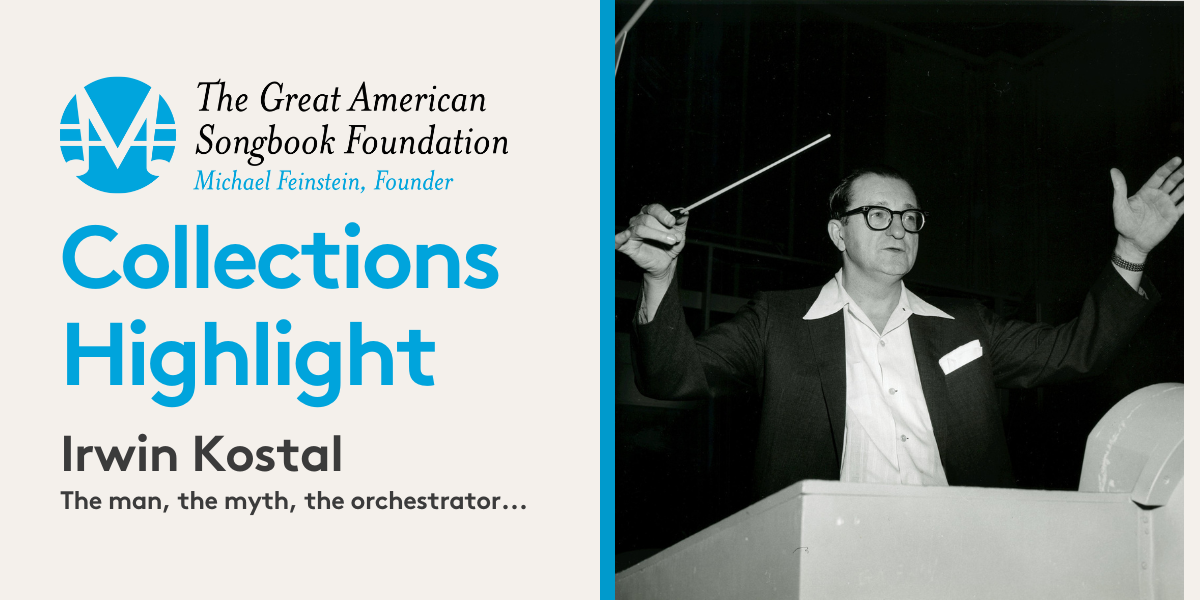
Irwin Kostal conducting. The Songbook Library & Archives.
Collections Highlight: Irwin Kostal
Irwin Kostal is a man who many have not heard of, but whose musical orchestrations have been beloved by generations. Originally a piano player in dance clubs around the Midwest, he found success orchestrating the music for television, film, and Broadway, throughout the latter half of the twentieth century.
Founder, Michael Feinstein, explores the legacy of Irwin Kostal.
Kostal was born in Chicago in 1911 to Czech immigrants. He had two main passions as a child – reading and learning to play the piano. He satisfied the first by visiting the local library and reading as many books as possible in alphabetical order. He satisfied the second by begging his music-loving but poor parents for a piano. He finally got one at the age of 11 and took three lessons before his piano teacher decided he was on his own. From that point on, he was a self-taught pianist, eventually playing with his own dance band in clubs around the Chicago area. After graduating from Harrison Technical High School, he chose not to go on to college.
“I found out early what I wanted to do wasn’t being taught in most schools.”
― Irwin Kostal
Instead, he went back to the library and learned orchestrating through studying symphonic scores.
In 1929, Kostal married his high school sweetheart, Sylvia Paryzek. They had three children, while Kostal worked as a musician in and around Chicago. In 1946, they moved to New York City. Kostal struggled to find work, but found work as a ghost-writer, orchestrating shows with limited runs on Broadway. Eventually, he worked as an orchestrator for NBC and started on the radio show “Design for Listening.” Soon after, he worked as a music arranger for Sid Caesar’s “Your show of shows” from 1950-1955. Following his time there, he continued to work in television, orchestrating for “The Ray Bolger Show,” “The Patrice Munsel Show,” and even as orchestrator for the television performances of mime Marcel Marceau.
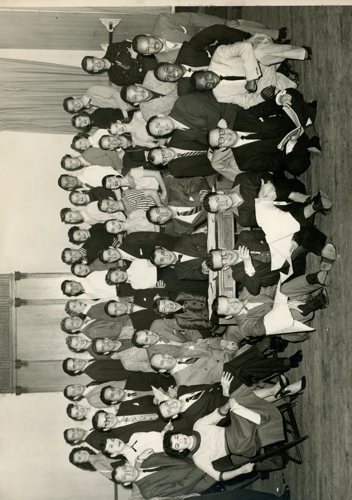
In the late 1950s, he shifted back to Broadway, where he orchestrated a number of hit shows. He worked on the musical “Wonderful Town,” starring Rosalind Russell, and as a ghostwriter for several songs on “The Music Man.” He was introduced to Leonard Bernstein through fellow orchestrator Sid Ramin, a childhood friend of Bernstein’s. Bernstein had approached Ramin about orchestrating his new show “West Side Story.” Ramin was up to the challenge but felt he could not do it on his own. He insisted Kostal work with him, and the two would go on to work with Bernstein, orchestrating the show.
Notes to Kostal from “Lenny B” Bernstein. The Songbook Library & Archives.
“What a job of sound-making you did!”
― Leonard Bernstein (to Irwin Kostal)
He continued to work on Broadway, orchestrating for shows such as “Fiorello!,” starring Tom Boswell, and “A funny thing happened on the way to the forum.” During this time, he also worked as an orchestrator for the television program, “The Garry Moore Show.”

Kostal and Julie Andrews on the set of “Mary Poppins." The Songbook Library & Archives.
After winning an Oscar for his orchestrations for the film version of “West Side Story” in 1961, he was approached by Walt Disney to supervise music production for the film “Mary Poppins.” Both Disney and brothers Robert and Richard Sherman wanted him on the film. It also became a second opportunity to work with Julie Andrews, whom Kostal had met in 1958, and with whom he would work on stage and film many more times throughout his life.
He continued to work on Disney films, supervising five Sherman Brothers films for the studios, including “Bedknobs and Broomsticks,” “Charlotte’s web,” and “The magic of Lassie.” He also worked on Disney’s “Pete’s Dragon” and won another Oscar for his orchestrations of the film version of “The Sound of Music,” once again starring Julie Andrews.
Discoveries in the Kostal collection with Dominic Broomfield-McHugh (Professor of Musicology, University of Sheffield)
In 1982, he conducted the re-recording of music for Disney’s “Fantasia.” He continued working in film and Broadway, with occasional tours and forays into television. His work took him to the Soviet Union, to film “The bluebird” (a commercially unsuccessful film that nevertheless starred Elizabeth Taylor, Jane Fonda, Cicely Tyson, and Ava Gardner), and all around the United States with the Carol Burnett Tour.
Kostal and Carol Burnett. The Songbook Library & Archives.
He died at the age of 83 of a heart attack.
The Irwin Kostal Collection
Here at the Songbook Library & Archives, our Kostal collection includes scrapbooks of his shows, with photographs, news clippings, and correspondence throughout. We also have drafts of a memoir he was writing, and bound conductor’s scores for some of his works.
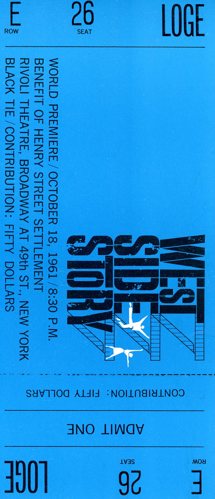
The Songbook Library & Archives.
Sources:
“Irwin Kostal, 83, Orchestrated Music For Hollywood Films.” The New York Times, 2 Dec. 1984, p. 20.
Irwin Kostal Collection, MSS 077, Great American Songbook Foundation
“Irwin Kostal.” Disney Legends, Walt Disney Archives, 3 Apr. 2018, d23.com/walt-disney-
legend/irwin-kostal/.



